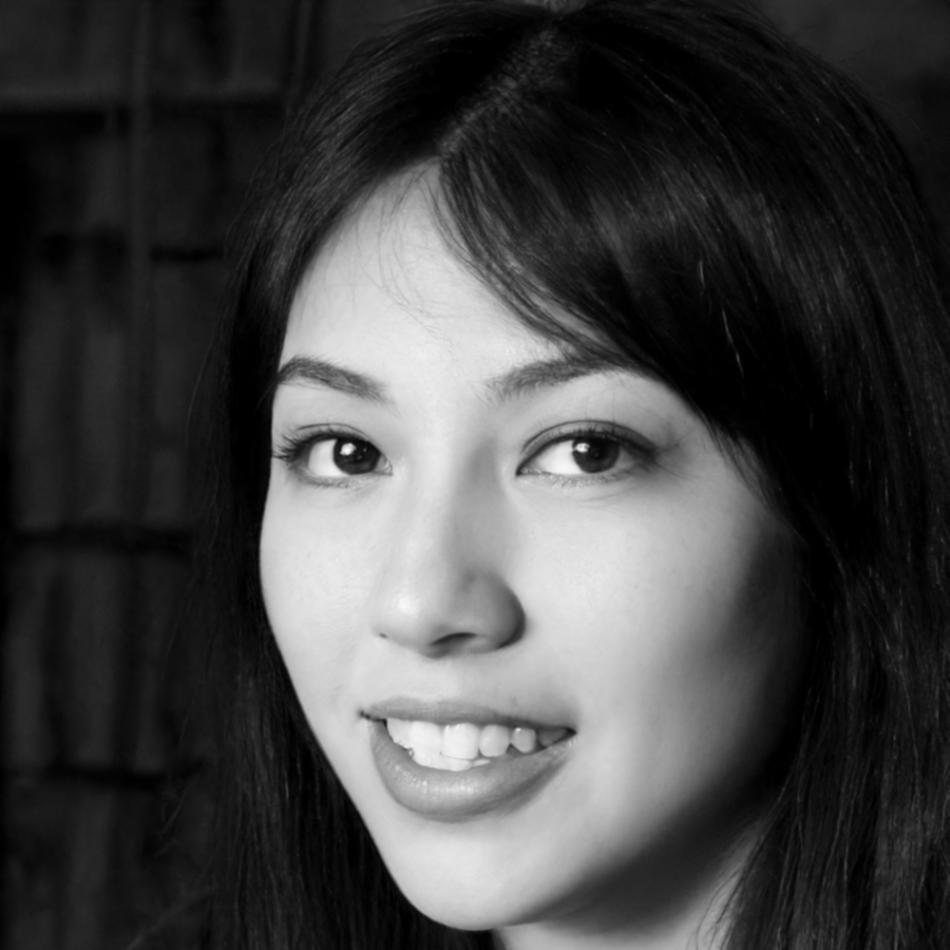Real Equipment Financing That Works
Medical professionals across Germany have transformed their practices through practical leasing solutions. These aren't polished marketing stories — they're honest accounts from doctors and clinic owners who needed equipment and found a path forward.

From Outdated to Operational
Dr. Henrik Brandt ran a small orthopedic practice in Freiburg with equipment from 2012. His X-ray machine worked, but the image quality made diagnostics harder than they should be. Insurance companies started questioning some referrals.
He didn't have 85,000 euros sitting around for new imaging equipment. Most banks wanted significant collateral or personal guarantees that made him uncomfortable. The leasing structure let him upgrade without depleting reserves he needed for daily operations.
Installation happened in March 2025. His diagnostic accuracy improved immediately, and patient referrals increased by about 30% over the following months. Not because of marketing — just better equipment producing clearer results that other specialists trusted.
Dental Clinic Expansion
Kerstin Wagner needed three new treatment chairs for her growing dental practice in Hamburg. Patient wait times stretched to six weeks. Traditional financing would've tied up capital she needed for staffing. Leasing gave her flexibility to expand while maintaining cash flow for operational needs.
Dermatology Practice Upgrade
Dr. Mehmet Arslan replaced laser equipment that had become maintenance-heavy. The old system worked but required constant repairs. New technology reduced treatment times and improved patient comfort. He structured payments to match his revenue cycle rather than fighting against it.
Veterinary Clinic Modernization
Britta Svensson runs an animal clinic outside Stuttgart. Her ultrasound equipment dated back to 2014 and limited what she could diagnose on-site. Upgrading meant fewer external referrals and better care for clients who trusted her judgment. The monthly structure worked better than a large upfront purchase.

I had three quotes from different financing companies. The terms looked similar on paper, but the details mattered. One company wanted personal property as collateral. Another had early termination penalties that seemed excessive. The structure I chose let me upgrade equipment mid-term if technology changed significantly — that flexibility mattered more than I initially realized.
How Equipment Decisions Actually Happen
Initial Assessment
Most practitioners start by identifying what's holding them back. Maybe it's outdated diagnostic equipment, treatment tools that limit what procedures they can offer, or machines requiring constant maintenance. The question becomes whether upgrading will genuinely improve patient outcomes or practice efficiency.
Financial Comparison
Doctors compare outright purchase against leasing structures. The math isn't always straightforward. Purchasing preserves ownership but ties up capital. Leasing provides flexibility and potential tax advantages but involves ongoing payments. Each practice has different cash flow patterns and risk tolerance.
Application Process
Documentation requirements vary by equipment value and practice history. Newer practices typically need more financial documentation. Established clinics might move through approval faster. The process usually takes one to three weeks depending on complexity and requested amount.
Implementation
Equipment delivery and installation timing matters for scheduling. Most practices coordinate installation during lighter patient periods. Training on new systems usually takes a few days to a few weeks depending on technology complexity. Staff adaptation time varies.
Operational Integration
The first few months reveal whether the upgrade delivers expected benefits. Patient feedback tends to be immediate. Financial impact becomes clearer after quarterly reviews. Some practices see faster returns than anticipated, others take longer to fully utilize new capabilities.
Practical Considerations
Technology Refresh Cycles
Medical technology advances faster than most equipment depreciates. A ten-year-old machine might function adequately but lack features that newer models offer. Leasing structures can include upgrade provisions that let practices adopt improved technology without being locked into outdated equipment for extended periods.
Seasonal Cash Flow
Many practices experience revenue fluctuations based on season, insurance cycles, or patient patterns. Some leasing agreements allow for flexible payment timing that aligns with these patterns rather than forcing fixed monthly obligations that might strain cash reserves during slower periods.
Risk Distribution
Purchasing equipment concentrates financial risk in a single transaction. If the equipment underperforms or becomes obsolete faster than expected, the practice absorbs the full loss. Leasing distributes that risk over time and sometimes includes provisions for equipment replacement if performance issues emerge.

The hardest part was deciding whether we actually needed the upgrade or just wanted it. Our old equipment worked, but it limited what we could diagnose in-house. After analyzing referral patterns for six months, the numbers showed we were sending patients elsewhere for tests we could perform with better equipment. That analysis made the decision clearer.